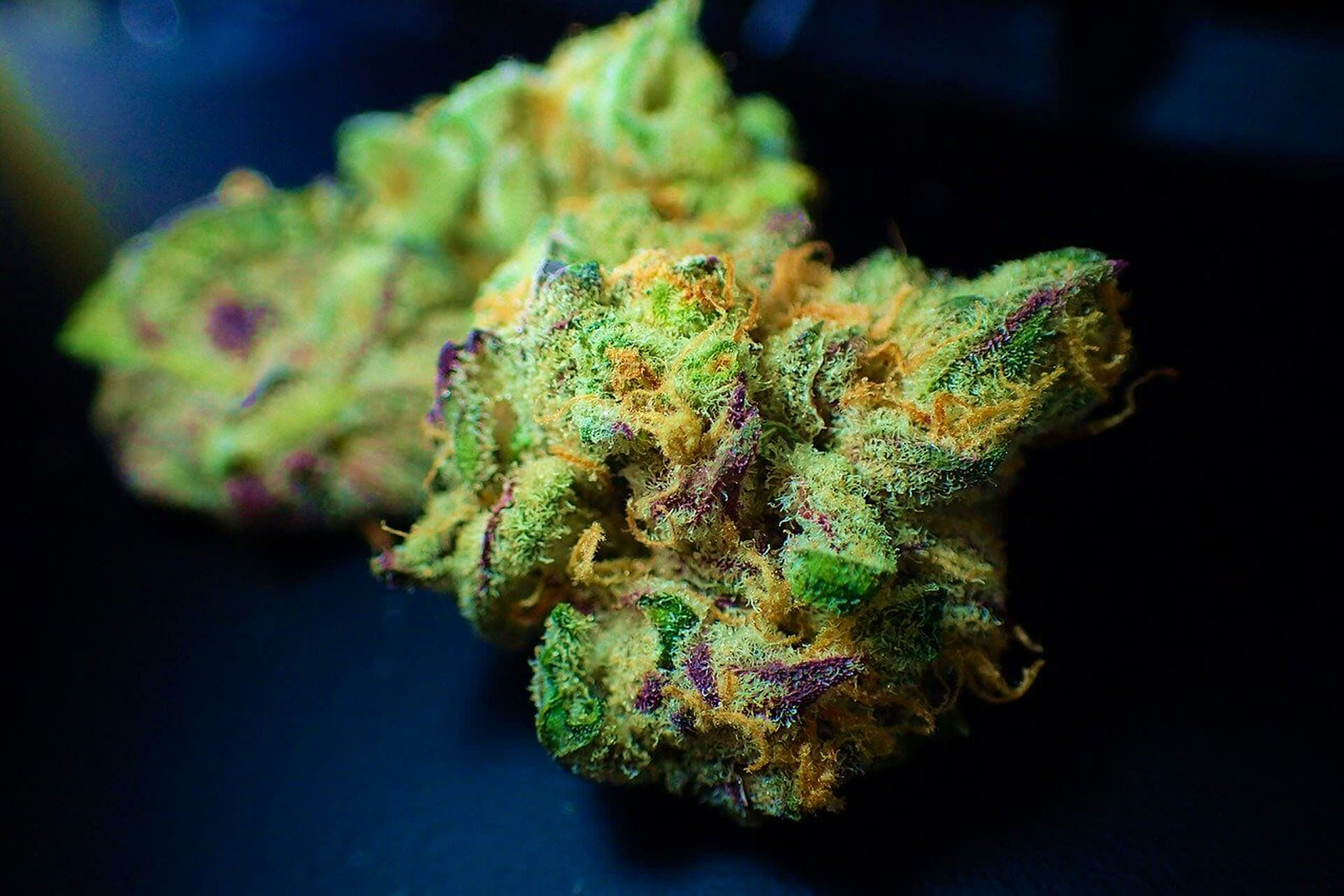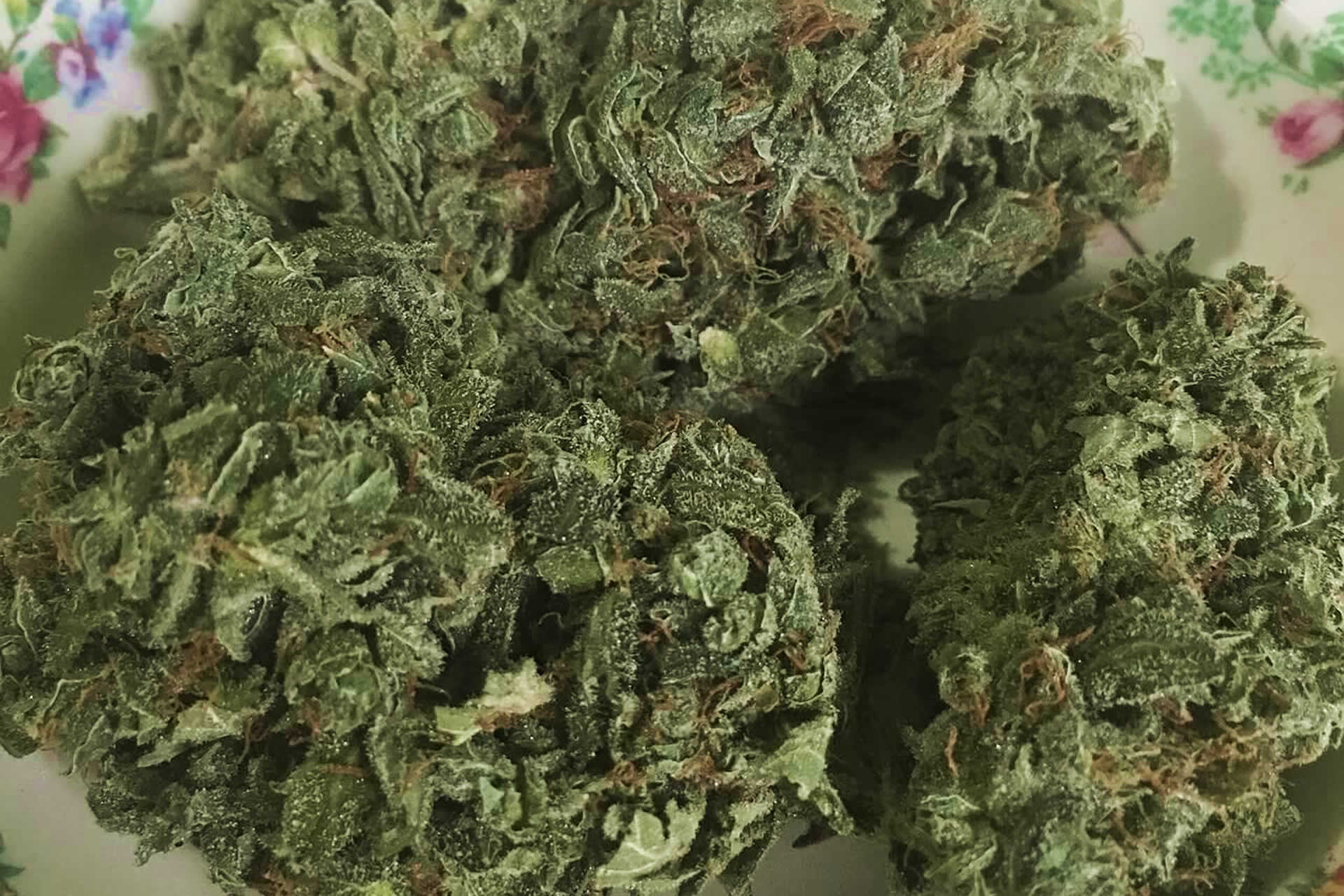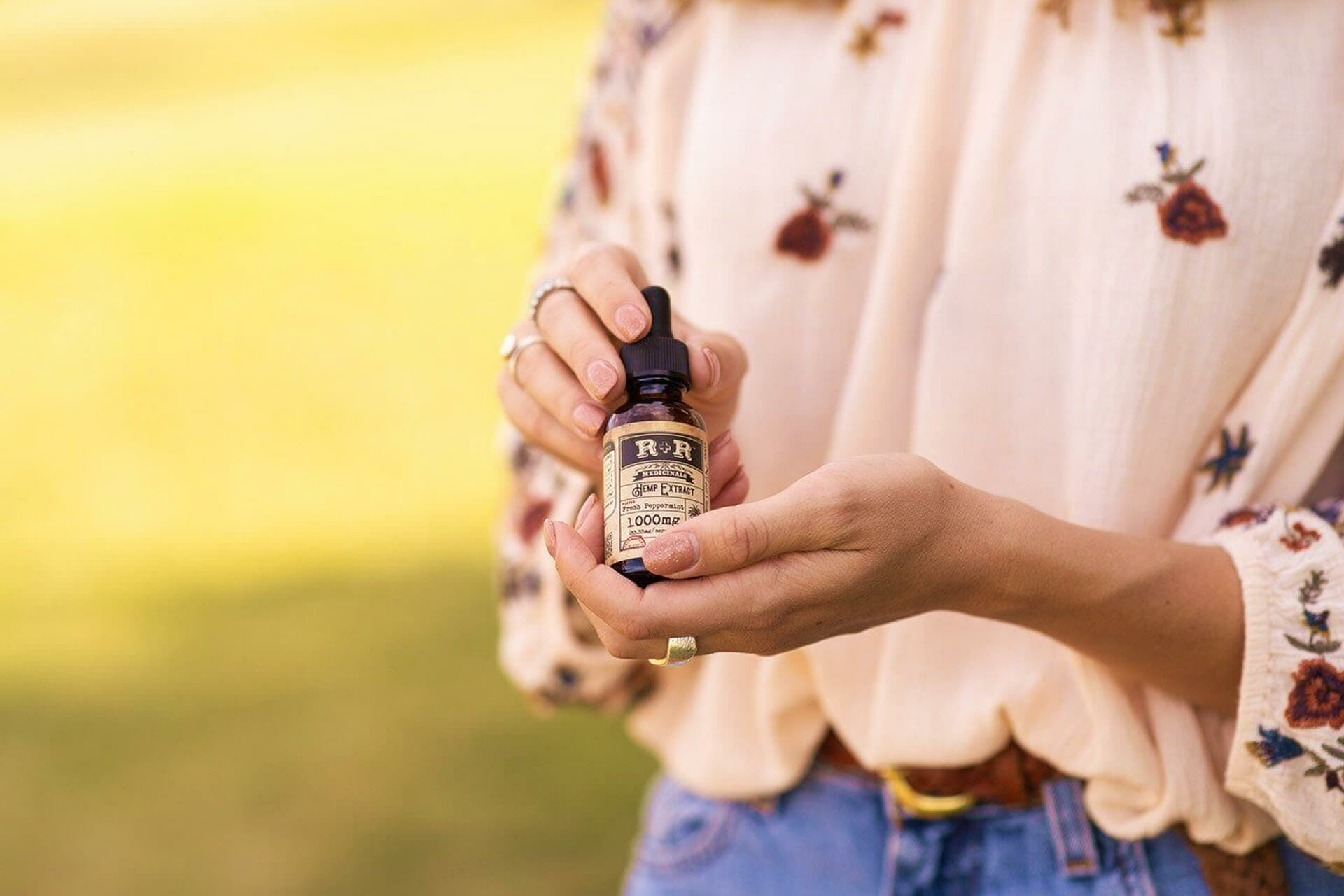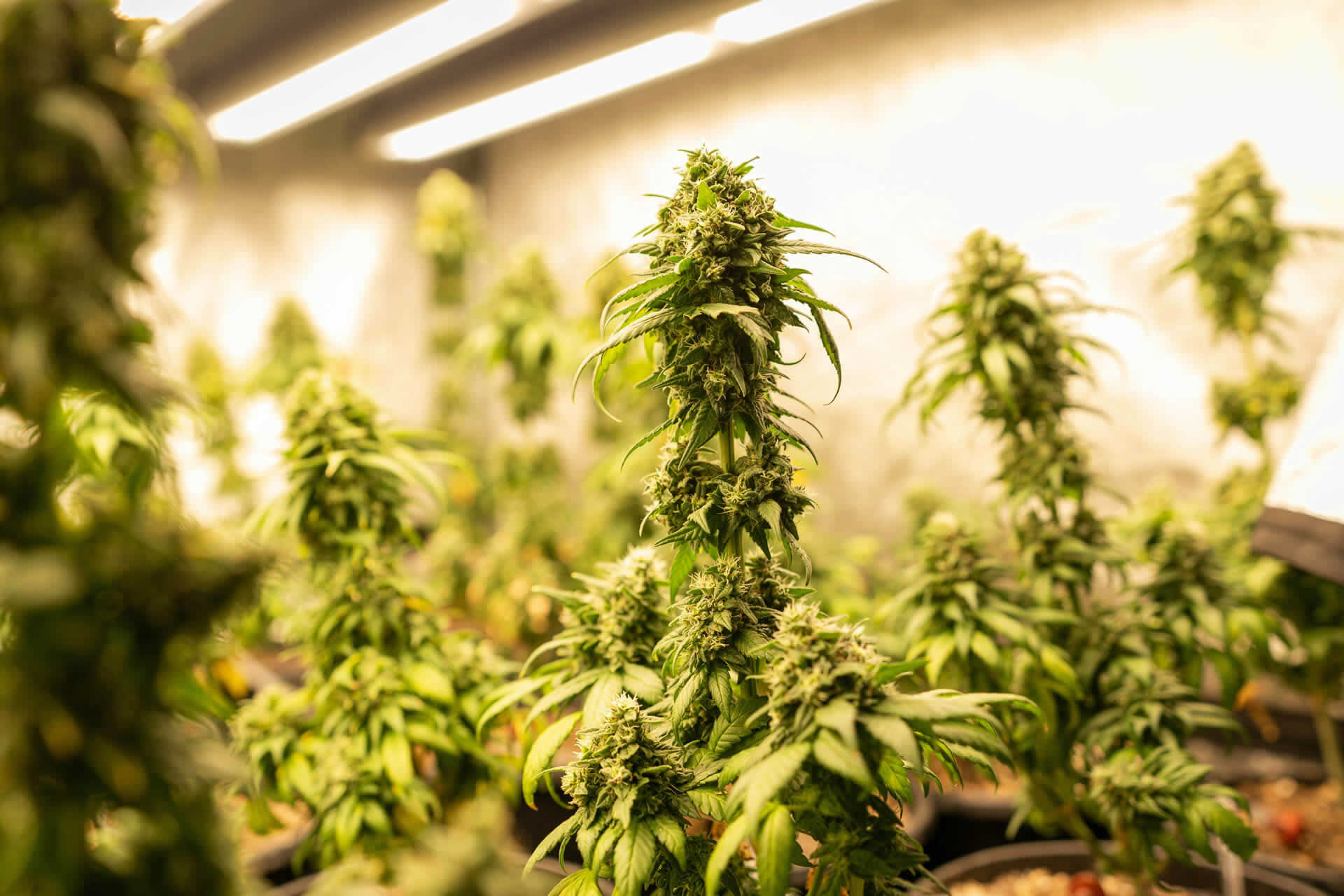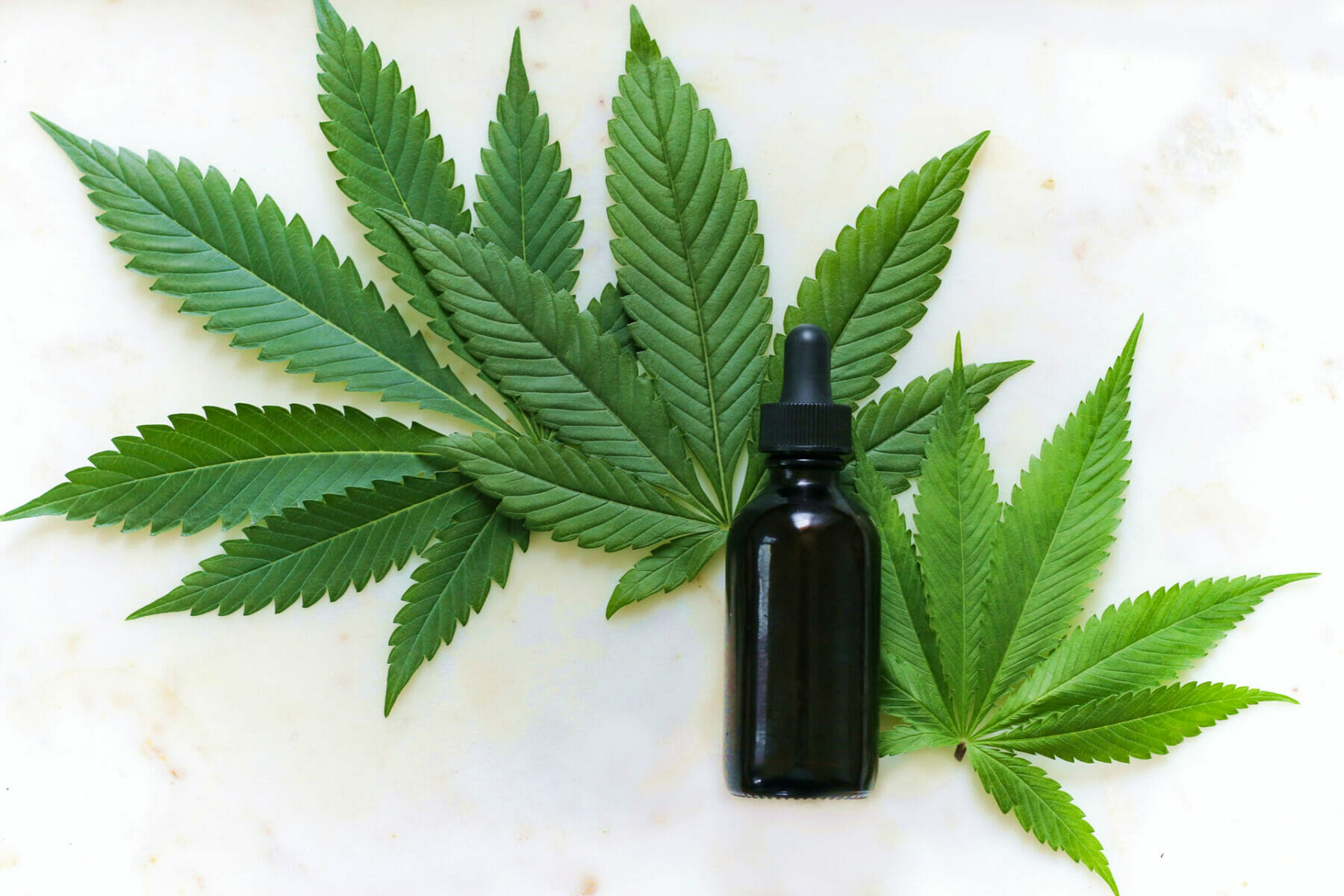What Are Indica Side Effects?
What Are The Indica Side Effects?
It All Begun In Asia
Indica cannabis varieties arose in Central Asia's mountainous regions. Under challenging conditions, indica strains are strong plants with a short, stocky structure and big leaves. They have a shorter blooming time and chunkier buds that generate a lot of sticky resin when compared to Sativa.
Indica plants have a more excellent CBD-to-THC ratio than Sativa plants, although exceptions exist. Many of the medical effects of Indica strains are due to their high CBD content. They might also be to blame for the disparity in impact between Indica and Sativa cannabis. Other elements, such as terpene profiles, do, however, have a role.
Indica strains offer a heavy sedating, full-body high in general. Indicas are commonly used by cannabis users for relaxation and stress alleviation and to treat various medical problems. Furthermore, indica strains are used for a variety of medical purposes, including:
- Inflammation and pain are reduced
- Muscle relaxation to minimize stiffness and spasms
- Stimulating the appetite and promoting restful sleep
- Anxiety alleviation
- Seizure control
Many of the adverse effects of indica strains are identical to the medicinal advantages, but they are considerably more intense, which makes them a concern.
What Should You Know About the Side Effects Of Indica
Sativa, Indica, and ruderalis are the three primary subspecies of marijuana. Because of their low THC level, breeders only see Ruderalis strains. Cannabis novices, on the other hand, are familiar with Sativa and Indica strains.
Indicas are more soothing and sedating, whereas Sativa is more uplifting and intellectual. Because the effects of Sativa and Indica cannabis differ, each strain is best suited to treating various medical ailments.
When it comes to cannabis, there is no such thing as too much of a good thing. If you overindulge in your beloved strain, you may encounter the following indica adverse effects:
Anxiety
THC has the unusual property of easing anxiety at low dosages. It can, however, induce it in large amounts. THC has been shown to have a favorable effect on neurotransmitters and induce sensations of peace and relaxation in modest dosages. In excess, though, it may make your mind race, causing worry and even paranoia.
Because indica strains contain more CBD than Sativa, they are less likely to have this adverse effect. CBD has been shown in studies to help counterbalance the adverse effects of THC while also having anti-anxiety properties.
Coordination issues
An indica body high might leave you feeling unmotivated and uncoordinated. You may become more clumsy than usual or have trouble with little chores while high on an indica strain. Going on a drive or operating a vehicle while under the influence of cannabis is not a good idea. With an indica strain, these practices might be considerably riskier.
Cottonmouth
Any strain with a high THC concentration can cause dry mouth, also known as 'cottonmouth.' It happens when a cannabinoid binds to receptors in salivary glands, causing production to slow down. Staying hydrated is the most excellent way to avoid cottonmouth.
Couchlock
Cannabis includes THC, which makes humans feel high. Cannabis compounds like THC and CBD are known as phytocannabinoids. They can link to CB1 and CB2 receptors in our bodies, causing neurotransmitters to be released.
CB1 receptors are primarily found in the brain and central nervous system. THC, the chemical that gives cannabis its intoxicating effects, interacts with these receptors. CB2 receptors are located all across the body, but they're particularly prevalent in the immune system. They mostly interact with CBD, which has potent anti-inflammatory properties.
Because particular indica strains have a greater CBD concentration than the usual, they may aid in the relief of ailments, including chronic pain. CBD is also known to help with sleep, so many patients choose indica for nighttime usage.
Hunger
While any cannabis strain can trigger hunger, indica strains are more commonly linked with this characteristic. This indica side effect may be good if you suffer a decreased appetite.
THC in cannabis binds to brain receptors that control appetite and fullness, creating hunger. It confuses your neurological system, causing you to believe you are hungry even though you have just eaten.
Conclusion
Indica strains are well-known for their calming and soothing properties. As a result, medical patients use indica strains to treat ailments, including sleeplessness and chronic pain. They can also help enhance their appetite due to eating problems or chemotherapy side effects. However, in other circumstances, these advantages might be troublesome.




